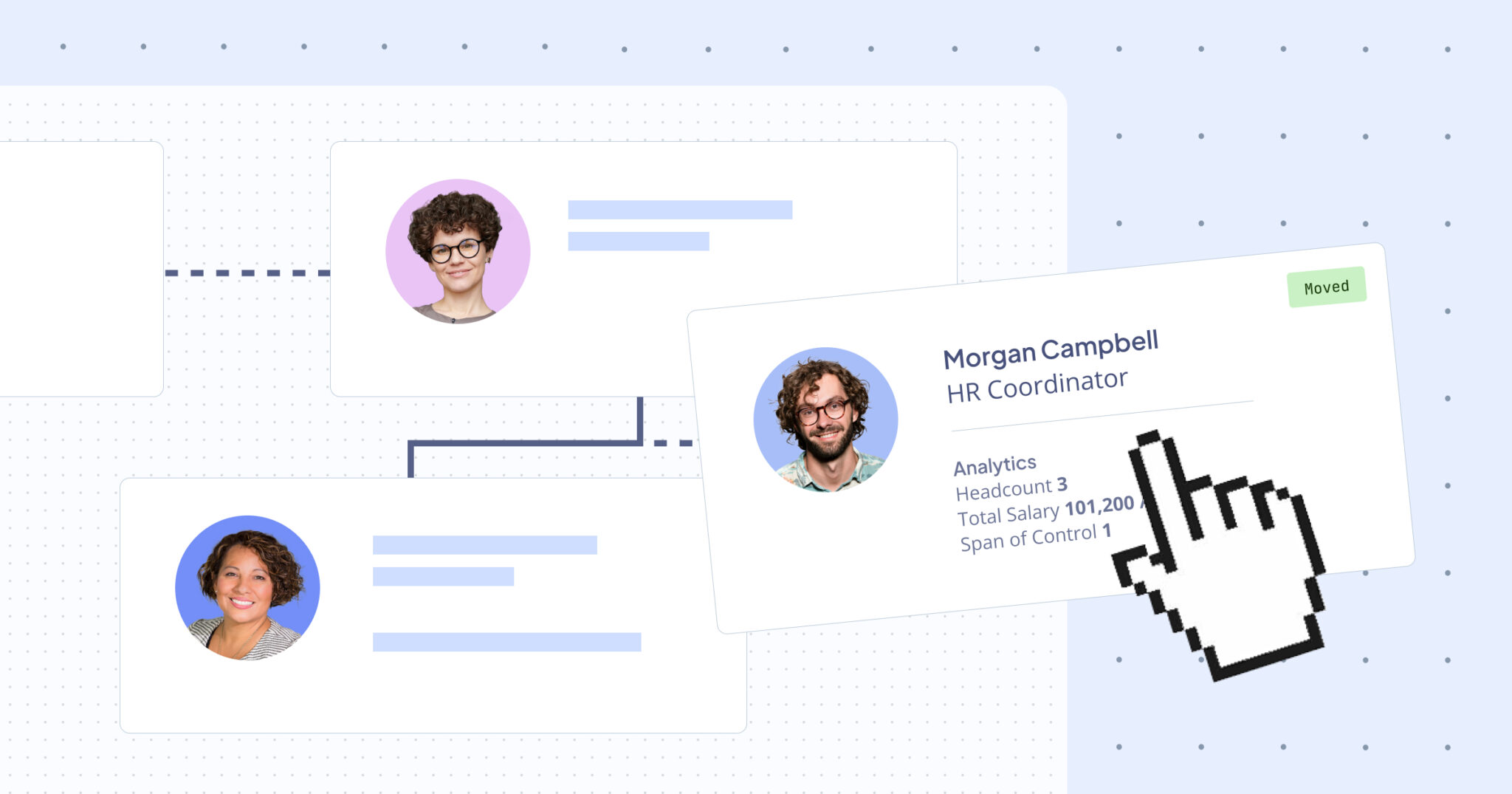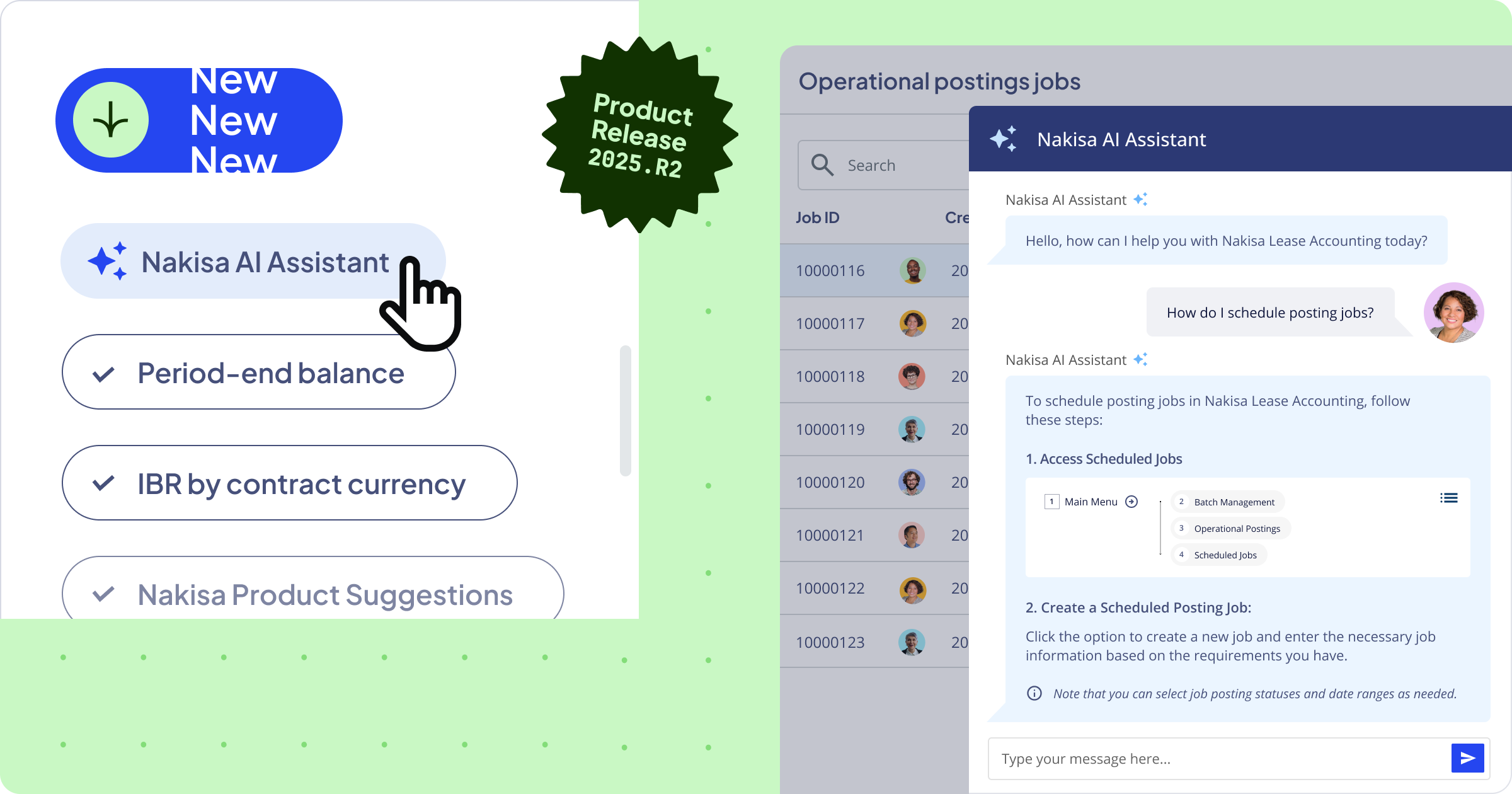“I swear to tell the truth, the whole truth, and nothing but the truth.”
If you’re a fan of pretty much any American courtroom TV show, you’ve probably heard this phrase before.
While the soon-to-be-implemented leasing standard IFRS 16 won’t require organizations involved with leases to raise their right hand and swear an oath, they will need to ensure they’re telling the whole truth about their leases.
That’s where note disclosures come in.
Note disclosures are just what they sound like: Notations in a financial statement that provide important, necessary facts about leases being used by an organization. The overarching objective of these disclosures is to provide the basis for users of those financial statements to assess the effect that leases have on the financial statements.
The authors of IFRS 16 wanted to ensure that these disclosures would go beyond simple “boilerplate” language and so specificity is required within these disclosures, but they also wanted to provide flexibility as to what exactly is included in the disclosures—depending on the nature of the leases used on a financial statement.
While the new standard does outline a series of disclosure “requirements,” the spirit of the new standard is to ensure that the information provided fulfills the overall disclosure objective of providing information to assess the effect leases have on a financial statement, rather than simply meeting an arbitrary checklist of disclosures.
Depending on your lease, you may only need to include a few of these disclosure requirements on your financial statement. If your leases are especially complicated or unusual, your disclosures may need to go above and beyond the requirements outlined in the guidelines.
The disclosure requirements fall under two categories: qualitative and quantitative. As you might guess, quantitative disclosures include hard numbers about the leases, including cash outflows and values of right-of-use assets. Quantitative disclosures, on the other hand, focus on the terms and conditions of leases, assumptions used in applying the lease standards, and certain elements outside of the lease liability.
Here’s a quick look at some of the types of information that fall under each category.
IFRS 16 Quantitative Disclosures
- Total cash outflow
- Asset depreciation by asset class
- Interest expense on lease liabilities
- Expense related to lease payments not included in the measurement of the lease liability:
- - Short-term lease expense
- - Low-value asset expense
- - Variable lease expense
- Gains or losses from sale and leaseback transactions
- Income from subleasing
- Additions to right-of-use assets
- Carrying value of right-of-use assets as at the reporting period by asset class
IFRS 16 Qualitative Disclosures
- A summary of the organization’s leasing activities
- Future potential cash outflow:
- - Variable lease payments not included in the lease liability
- - Termination and extension options
- - Leases the organization is committed to but have not yet started
- - Residual value guarantees
- Restrictions or covenants imposed by leases
- Sale and leaseback transaction information
As with most other elements of the new lease standards, understanding, identifying the requirements that relate to your leases, and properly documenting these disclosures could be a potentially complex and burdensome process. Your accounting teams will need to do some important planning to understand how best to meet the spirit of the disclosure requirements.
Read our guide on How to prepare for year-end audits of lease accounting presentation and disclosures?
Fortunately, technology can help.
Lease accounting software can help to ensure that key information is properly compiled and disclosed. One key feature of Nakisa Lease Administration, for instance, helps your team prepare required quantitative note disclosures as part of its end-to-end lease accounting system.
With time quickly running out to meet the upcoming new lease accounting standards, understanding what disclosures you’ll need to include to ensure your organization’s compliance should be a key part of your transition plan.
To learn more about IFRS 16 lease accounting and audit, we invite you to explore our comprehensive guide authored by our expert Franco Massaro, who possesses over 10 years of experience in this field. The guide provides extensive insights into the topic, offering valuable information and guidance.





